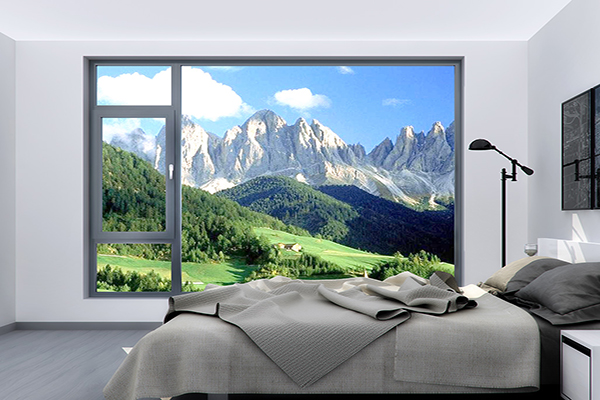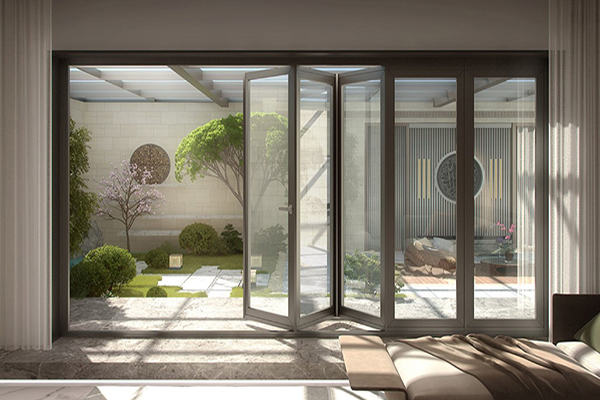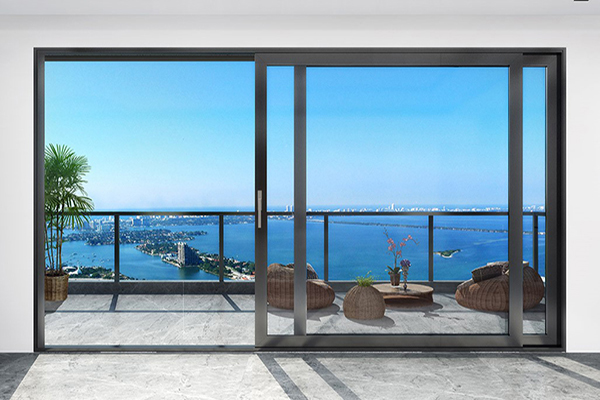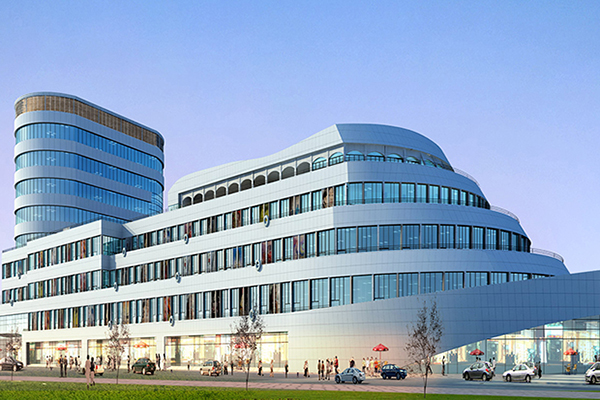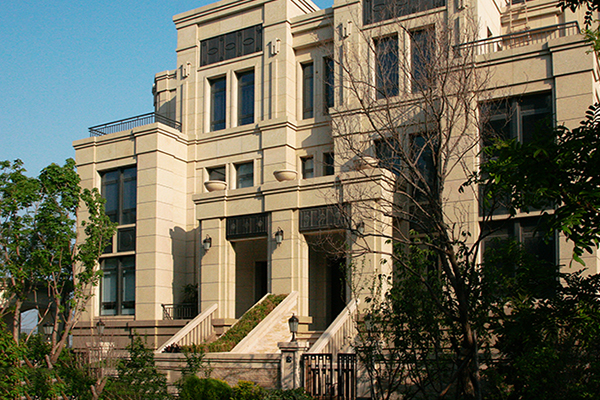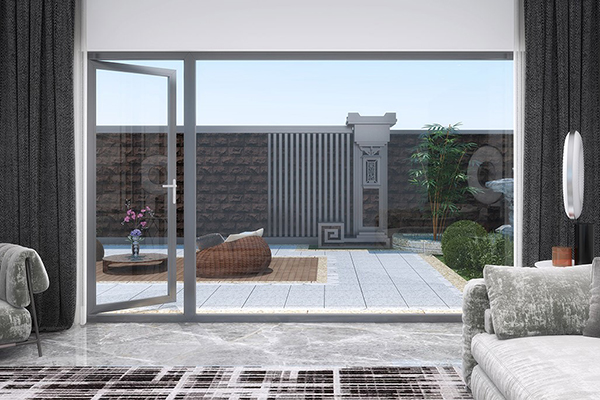In the modern trend of green building, passive doors and windows, as a cutting-edge energy-saving technology, are gradually gaining people's attention. So, what exactly do passive doors and windows mean? And what are their advantages?
1、Definition of passive doors and windows
Passive doors and windows are a type of high-performance energy-saving door and window developed based on the concept of passive architectural design. It uses advanced materials and technological means to combine passive energy-saving measures such as natural ventilation, lighting, solar energy utilization with efficient energy-saving technologies for building envelope structures to create a low-energy, high-comfort indoor environment.

Passive doors and windows are not a standard for energy consumption, but rather a system door and window solution that balances efficiency, architectural appearance, and good comfort; The "passive design" applies the natural principles of sunlight, wind power, temperature and humidity in nature, trying not to rely on conventional energy consumption, using architectural techniques such as planning, design and environmental configuration to improve and create a living environment.
Passive doors and windows are the world's highest energy-saving standards for doors and windows, which are warm in winter and cool in summer. They have very strict requirements on aluminum profiles, thermal insulation strips, glass, and hardware used in windows.
2、The advantages
Significant Energy-saving Effect: Passive doors and windows adopt high-efficiency insulation materials and advanced energy-saving technologies, providing excellent thermal insulation performance. In winter, they effectively block cold outdoor air from entering the room, keeping the indoor environment warm. In summer, they effectively block outdoor high-temperature heatwaves, maintaining a cool indoor environment. This energy-saving performance not only enhances the energy efficiency of buildings but also helps reduce energy consumption and carbon emissions.
Enhanced Indoor Comfort: Through optimized design and material selection, passive doors and windows achieve good airtightness and sound insulation performance. They effectively isolate outdoor noise and dust, creating a quiet and fresh indoor environment. At the same time, their unique insulation performance reduces indoor temperature variations, enhancing indoor comfort.
Enhanced Architectural Aesthetics: Passive doors and windows focus on coordination and aesthetics in their exterior design, aligning with the overall architecture. Materials such as broken bridge aluminum alloy or aluminum-clad wood can blend with various architectural styles, enhancing the overall quality of the building.
Prolonged Service Life: Passive doors and windows are made from high-quality materials and manufactured using advanced processes, ensuring high durability and stability. With proper installation and maintenance, their service life can extend to decades or even longer.
Aligns with Green Development Trends: As global attention to environmental protection and sustainable development continues to increase, passive doors and windows, as a green energy-saving technology, align with the future development trends of the construction industry. Their widespread application will help promote the development of green buildings and facilitate energy conservation, emission reduction, and environmental protection.


